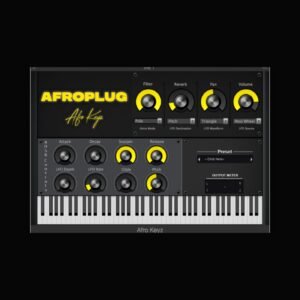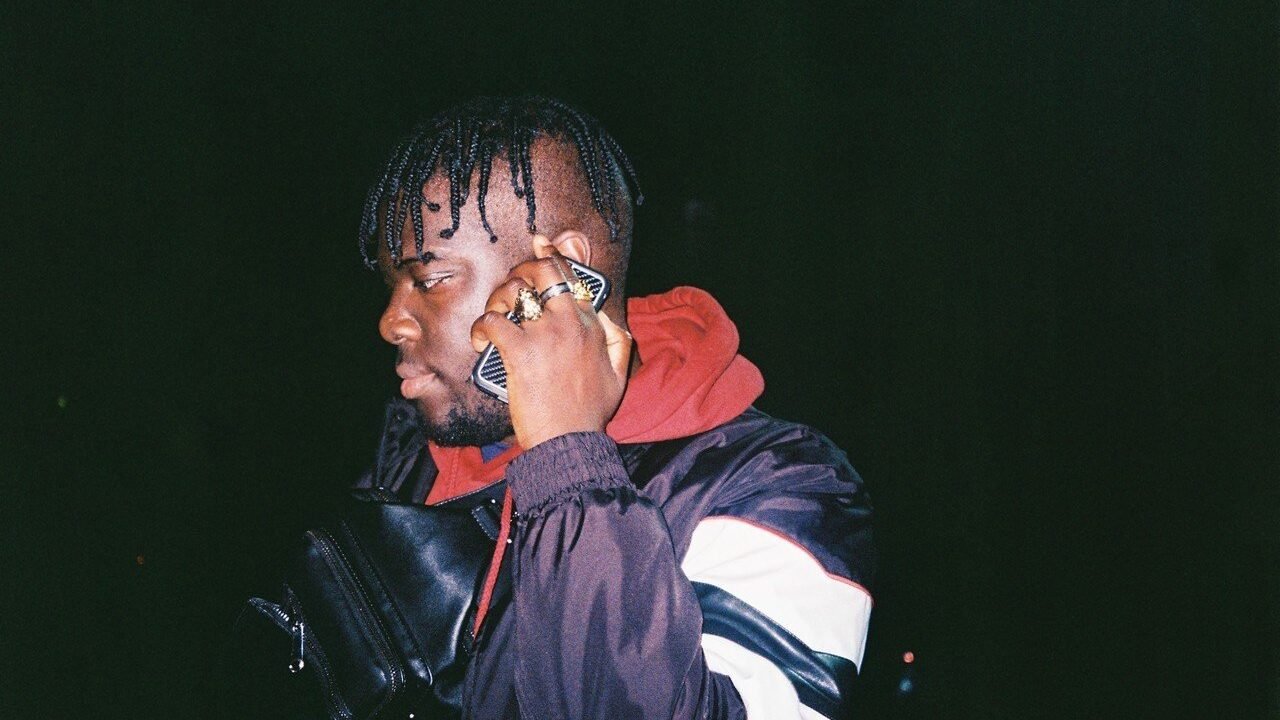You can contact us 24/7 via our Support team
Best discounts this week for your next hits
Shattayard – Dancehall Shatta VST
Batida is a high-energy, percussion-driven sub-genre of Angolan Afrohouse that has captivated dance floors worldwide. Emerging from the diaspora communities in Lisbon, Portugal, Batida is an electrifying fusion of Kuduro, Afrohouse, and electronic club music. This guide will walk you through its history, key producers, and techniques to craft authentic Batida beats.
1. The Origins of Batida
The word “Batida” means “beat” or “rhythm” in Portuguese, perfectly capturing the essence of this genre. Batida developed in the early 2000s in Lisbon, when young Angolan and Portuguese producers began blending Kuduro’s energetic drum patterns with deeper Afrohouse influences.
Unlike Kuduro, which often features high-speed tempos and vocal chants, Batida is groovier and more hypnotic, making it well-suited for clubs. It was shaped by Angolan and Portuguese electronic music scenes, creating a global movement that continues to influence modern Afro-electronic music.
Key Producers & Pioneers of Batida
Batida wouldn’t be what it is today without groundbreaking producers who have shaped its sound:
- DJ Marfox – One of the pioneers, known for his raw, energetic rhythms and futuristic Kuduro beats.
- Nigga Fox – Experimental and avant-garde, pushing the boundaries of Batida with hypnotic, percussive structures.
- DJ Firmeza – Infuses emotional depth into Batida, blending deep Afrohouse elements.
- DJ Lycox – Brings a melodic and atmospheric touch to Batida, fusing it with European club sounds.
These artists, among others from collectives like Príncipe Discos, have helped Batida gain international recognition, influencing DJs and producers in the underground club scene.
2. Essential Batida Drum Patterns & Percussion
Drums are the foundation of Batida. To get an authentic sound, focus on:
- Fast-paced BPM (120-135 BPM)
- Punchy kicks – Often layered for depth
- Snappy snares & claps – With reverb for extra groove
- Shakers & hi-hats – Creating syncopated, rolling rhythms
- African percussion (bongos, congas) – Organic textures to keep it raw
Drum Pattern Example (4/4 Beat)
A basic Batida groove follows:
- Kick – On beats 1 and 3
- Snare/Clap – On beat 2 and 4
- Hi-hats/Shakers – Offbeat for swing
- Percussion – Syncopated for movement
Using Afroplug’s Batida Essentials Pack gives instant access to these authentic drum sounds.
3. Deep, Rolling Basslines
The bassline is essential in Batida, often using deep, minimal sub-bass that interacts with the kick. Some techniques:
- Use a sine wave sub-bass (808-style)
- Short, repetitive bass notes to drive the groove
- Sidechain compression for a tight mix
A good Batida bassline lets the percussion shine while providing enough low-end power to keep the track moving.
4. Hypnotic Melodies & Chords
Melodies in Batida are often minimal but effective. Some key elements include:
- Plucked instruments (guitar, kalimba)
- Synth bells & FM sounds
- Vocal chops (processed with delay & reverb)
- Atmospheric pads (filtered for space)
Using Afroplug’s VSTs & packs can help you create the perfect Batida vibe.
5. Sound Design & Effects
To enhance your Batida beats, consider:
- Reverb & Delay – On vocals and percussion for space
- Distortion & Saturation – Warm up drums and bass
- Filtering – For breakdowns and transitions
- Reverse FX & Risers – Build tension before drops
6. Arranging a Batida Track
A typical Batida track follows this structure:
- Intro (8-16 bars) – Percussion loop + atmospheric pads
- Drop (16-32 bars) – Full drum groove + bass + lead elements
- Breakdown (8-16 bars) – Remove drums, filter melody
- Build-up (8-16 bars) – Reintroduce percussion & FX
- Final Drop (16-32 bars) – Main groove returns with variation
- Outro (8-16 bars) – Fade out with percussion
7. Mixing & Mastering for Batida
To make your Batida track sound professional:
- Keep drums & percussion upfront in the mix
- EQ the bass properly for a clean low-end
- Use compression lightly to control dynamics
- Master with a peak normalization of -1 dB
Conclusion
Batida is an explosive, percussive genre that blends African roots with electronic innovation. Whether you’re inspired by DJ Marfox or Nigga Fox, following these steps will help you craft authentic Batida beats.
Get started by using Afroplug’s Batida Essentials Pack to access high-quality drums, basses, and FX—everything you need to make club-ready Batida tracks.
Download the pack: here
Now open your DAW and start creating!



